Main article: Karate kata
Kata means literally "shape" or "model." Kata is a formalized sequence of movements which represent various attack and defense postures. These postures are based on idealized combat applications.
Some kata use low and wide stances. This practice develops leg strength, correct posture, and gracefulness. Vigorous arm movements enhance cardiovascular fitness and upper body strength. Kata vary in number of movements and difficulty. The longer kata require the karateka to learn many complex movements. Diligent training and correct mindfulness lead to real understanding of combat principles.
Physical routines were a logical way to preserve this type of knowledge. The various moves have multiple interpretations and applications. Because the applicability for actual self-defense is so flexible there is no definitively correct way to interpret all kata. That is why only high ranking practitioners are qualified to judge adequate form for their own style. Some of the criteria for judging the quality of a performance are: Absence of missteps; correct beginning and especially ending; crispness and smoothness; correct speed and power; confidence; and knowledge of application. Kata with the same name are often performed differently in other styles of karate. Kata are taught with minor variations among schools of the same style. Even the same instructor will teach a particular kata slightly differently as the years pass.
To attain a formal rank the karateka must demonstrate competent performance of specific required kata for that level. The Japanese terminology for grades or ranks is commonly used. Requirements for examinations vary among schools.




































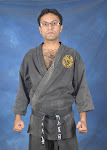














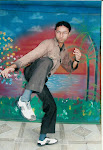
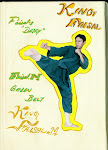

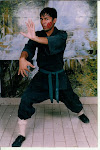
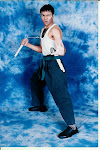

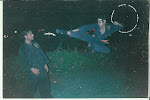
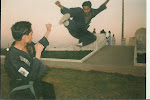









































No comments:
Post a Comment